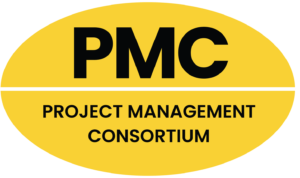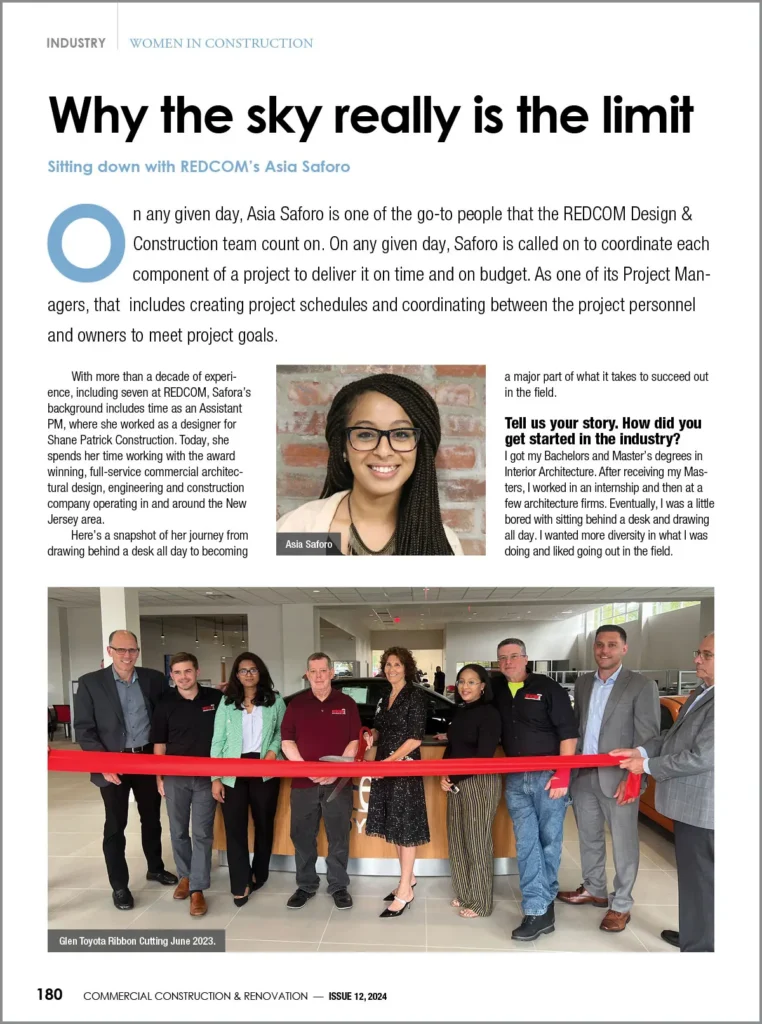Scope creep is a killer for most construction projects. A string of change orders long with rising costs can push a project way above your original budget. Fortunately, there are many things you can do ahead of time to keep scope changes at a minimum.
Preventing Scope Creep
Managing risks during the contract stage is a major way to deter scope issues down the line. You and your customer can get on the same page from the beginning with costs and timeline before it can become an issue. It’s also your opportunity to manage your customer’s expectations in case they have unrealistic end-goals for your team.
The ongoing pandemic is another reality that you’ll need to address with customers. Some COVID-19 related delays are tough to avoid, like statewide shutdowns or an outbreak at your site. It’s important to address these scenarios upfront as well so there aren’t any surprises or scrambling when something pops up.
Managing Scope Creep
An ounce of prevention can go a long way. Unfortunately, we can’t pre plan and predict all of the changes that may be needed for a project. Changes aren’t always a bad thing. They just get out of hand when they start to overwork your team, drive up your costs and make the project look nothing like what you agreed on in your contract.
Anticipating needed changes and project issues can help you get ahead of customer requests and manage problems before they get worse. It’s important to also establish a system of evaluating and approving changes. Saying, “yes” to everything can put your team off track and saying “no” too much can also jeopardize your project.
You should also have a person on your team who’s keeping an eye on your project’s costs and progress based on what you agreed on in your contract. High early costs or long project delays should be a clear sign that something is off with your project and your scope.
Scope creep is a tough issue that’s hard to catch if you’re not looking for it. If you’d like to learn more, take a look at the full scope creep management guide.






























